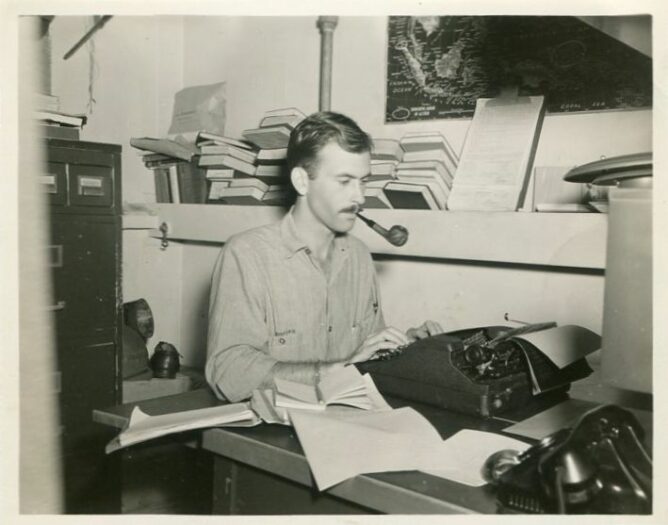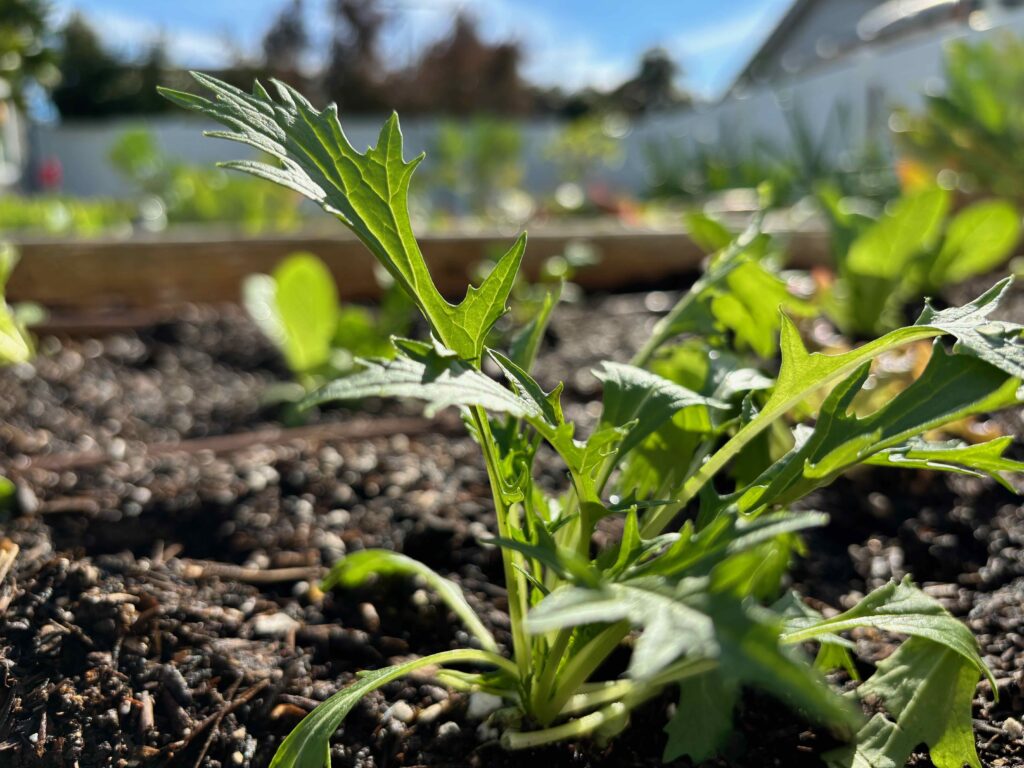Last month, I was working on a project to review how other academic libraries structured their donor web pages. During that review I noticed some amazing projects, and this led me down a rabbit hole. I ended up searching through more than 250 library websites to seek out some of the happening at other academic libraries. What follows is a list of my most notable finds, including announcements, social posts, and events. This is certainly not an exhaustive list, but if this is the sort of thing you enjoy or find useful, let me know in the comments!
News and announcements
Librarians at Auburn University worked with faculty to study the effects of open access on citation counts.
“To find out whether paying these APCs is worthwhile for authors, Stevison’s interdisciplinary team analyzed five years of bibliographic records totaling 146,415 articles in 152 biology journals offering both open and subscription-access options. […] They found that while paying APCs to make articles open via the “gold” route did yield increased citations, a more economical model of open access provided similar benefits.”
The Drexel University Libraries recently completed a project to digitize more than 6,000 graduate theses and dissertations that were previously available in print format only.
“Many of the newly digitized theses and dissertations were produced by students enrolled in Drexel’s College of Medicine and its predecessors, including the Woman’s Medical College of Pennsylvania, Medical College of Pennsylvania, Hahnemann Medical College, Hahnemann University, MCP Hahnemann University, and Allegheny University.”
Fordham University Libraries has an article about Adelaide Hasse, creator of the SUDOC classification system.
“Unhappy with the Dewey Decimal System, she set about creating a classification system all her own beginning, sensibly enough, with the Agriculture Department. She developed a system organized not by title or author, but rather by department. A for agriculture, D for defense, T for treasury, etc. It may seem confusing at first, but it has a strict and coherent internal logic.”
The University of Illinois Chicago library gives out awards to faculty members through its “Open Textbook Faculty Incentive Program” to support creation of open educational resources.
“This award recognizes faculty who demonstrate exemplary use of open educational resources in their classrooms and leadership in using and advocating for open course material. Examples include incorporating free educational materials in courses, including open textbooks, and creating original open educational resources.”
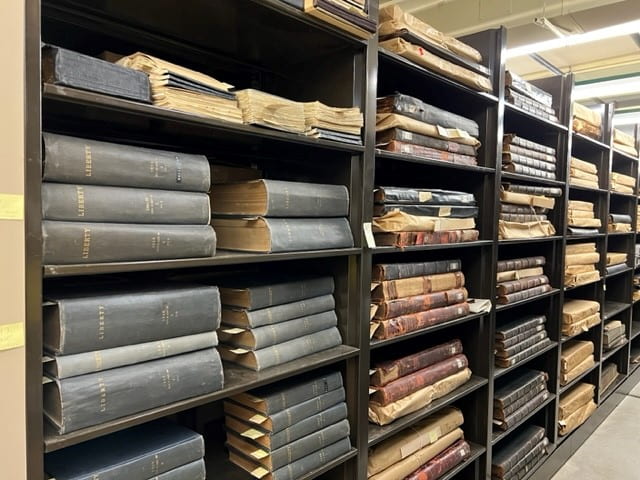
Northwestern University Libraries recently completed a project to box up large bound volumes of newspapers: “Step 5: Put on a brave face and open compact shelving again.” I would need a brave face when confronting the above as well!
I love this “Meet Your Librarian” series that University of Oregon Libraries is currently running!
“‘It all starts with the students,’ is Morning Star’s philosophy. With her expertise and knowledge in art research, she is eager to assist anyone seeking help, and does more than offer her services as a subject librarian to help them find what they’re looking for.”
Also at UO, the librarians recently evaluated more than 100,000 volumes in an effort to revitalize and make space in their Northeast campus library. The storytelling here about the process (click on “virtual presentation”) is top-notch:
“Their efforts led to the removal and reuse of more than sixty aisles of book shelving from throughout the building at no cost to the University.”
Maps are definitely cool again (see also: LAPL’s Epic Map Battles of History [TikTok]). So it’s no surprise that ASU Library has a “Map of the Month” series:
“As with all of our Map of the Month features, if you’d like to get a scanned copy of this map, please submit a Map and Geo Service Request and we’ll be sure to get back to you within two business days, but typically sooner.”
Cornell has an exhibition of Vladimir Nabokov’s butterflies:
“During his time as professor of Russian literature at Cornell (1948-1959), Nabokov collected hundreds of butterfly specimens from across the United States which he donated to the Cornell University Insect Collection.”
Students at the University of Dayton used the library’s media production studio to create Barbie-themed explorations of feminist theory:
“When teaching inspiration strikes, we all should feel supported. Creativity, innovation and collaboration make library work and education exciting. ‘This project would not have come to fruition without the library’s spaces and people.’”
UT Arlington held its second annual 24-hour Datathon:
“Datathon presented students with realistic data challenges. These challenges involved looking at a question and then collecting, processing, analyzing, and interpreting data to help solve a problem.”
Georgia Tech Library has announced its third artist-in-residence, Bojana Ginn:
“Interested in the microscopic worlds of the body and environment in the age of digital and biotechnologies, Ginn explores human identity, mental health, AI and virtual reality, the techno-sphere, and trans-humanism.”
Related: LeHigh is inviting students to enter a design contest for a new art installation to be on display in their Fairchild-Martindale Library atrium.
Other quick picks:
- James Madison University Libraries is helping students explore alternative options to expensive learning materials with this helpful info graphic.
- Congratulations to NC State University Libraries for being awarded their Chancellor’s Creating Community Award at the Office of Institutional Equity and Diversity’s Recognizing Excellence in Diversity Event!
- Northeastern University Library has a monthly “reading challenge” award for students (file under: fostering a culture of readers).
- Hesburgh Library at Notre Dame is celebrating its 60th anniversary. I love how they have identified 60 milestones in the library’s history to honor the occasion.
- The University of Buffalo Libraries has a story about an item from the Challenger that now resides in its collections.
- Penn Libraries has a detailed description of their attempts to stabilize and repair a rare Persian codex.
- Washington University in St. Louis has an article about the illustrated editions of the raven from Edgar Allan Poe’s eponymous poem.
- DePaul University Library created this infographic to highlight common reference desk questions.
On social media
- Texas A&M Libraries has what might be the most charming library orientation video I’ve ever seen (above): YouTube.
- University of Florida Libraries are asking students what they think is the oldest library on campus: Instagram
- University of Oregon has a nice use of the campus mascot to promote finals use of the library: Instagram
- Syracuse University has a well done video on the importance of accessibility and the staff who do that work: Instagram
- MIT Libraries created this “Circulation: A Day in the Life of Library Books” video: YouTube
- I love how some libraries are encouraging graduating students to use their spaces as backdrops for their grad photos. Here’s an example from Stony Brook University: Facebook
- Fairfield Library has a good use of BTS video of a graduation photo shoot: Instagram
- This Reel from NYU Libraries is a great use of audio to offer quick research tips: Instagram
Interesting events
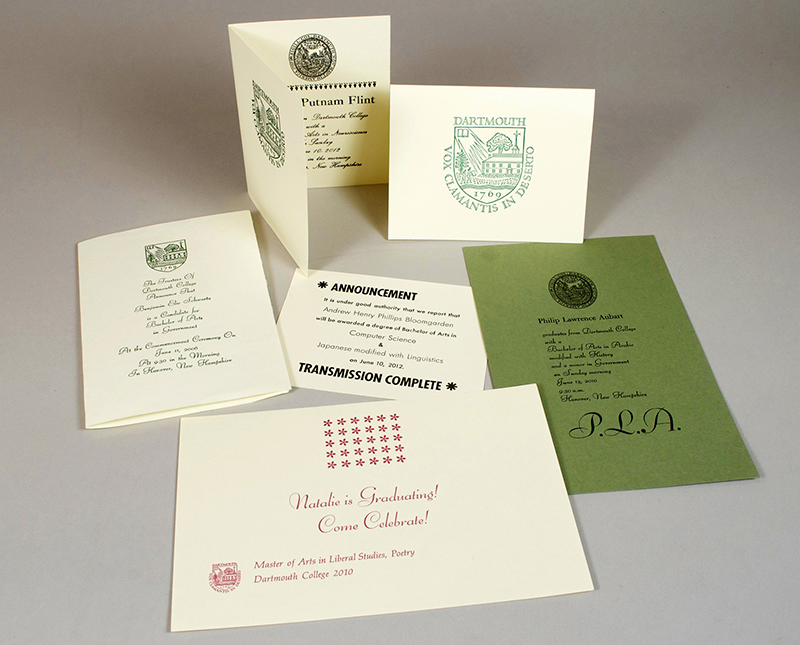
- Georgetown University Library is hosting an “Intimidating Reads” book club, starting with the Brothers Karmazov. Related: Duke Libraries is reading Don Quixote.
- Rutgers University Libraries is opening a new exhibition, “Rhythmic Grooves of Liberation: Jazz, Islam, & Black Power.”
- Lemieux Library at Seattle University is hosting a “postcard pop-up” for students to write and mail postcards to friends and family.
- The Harold B. Lee Library at BYU is hosting a summer classic film series, starting with Godzilla (1954).
- Brown University Libraries is hosting a workshop on the issues related mass incarceration, art and the freedom struggle.
- Dartmouth Libraries are hosting a “Print Your Own Graduation Announcement” workshop. Related: University of Minnesota hosted a graduation cap decorating party.
- Harvard Library is hosting a “Print Identification for Beginners” class. Related: Virginia Tech is hosting a workshop on “crossed letters” and Pitman shorthand.
- Oregon State University Libraries is hosting a silent disco.
- Penn Libraries are having a conversation about authorship, AI, and copyright.
- The University of Washington Libraries is helping students find study focus buddies!
- UC San Diego is hosting a bee-related exhibition!
Notable themes
API Heritage Month resources:
- Illinois Tech’s Galvin Library
- Villanova’s Falvey Library
- Emory University Libraries
- University of Michigan
- Penn Libraries
- University of Utah
- University of Arkansas
Mental Health Awareness Month:
Student research awards:
- Falvey Library at Villanova
- Yeshiva University Library
- Emory University Libraries
- DiMenna-Nyselius Library at Fairfield University
- Penn State Libraries
- Loyola Marymount University Library
- University of Maryland
- University of South Carolina
Profiles of student graduates:
- University of Nevada Reno
- Binghamton University
- Loyola University Chicago
- University of Dayton
- University of Tennessee
- University of North Carolina
That’s it for now! Let me know what I missed. Again, if this is something you find useful, let me know in the comments. Maybe I’ll do it again next month!

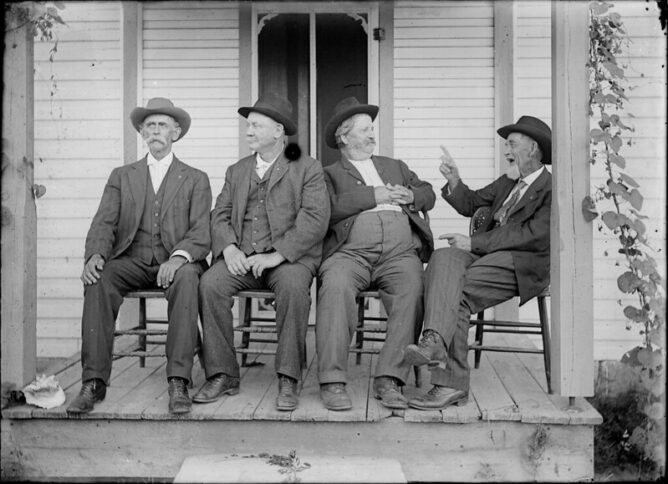










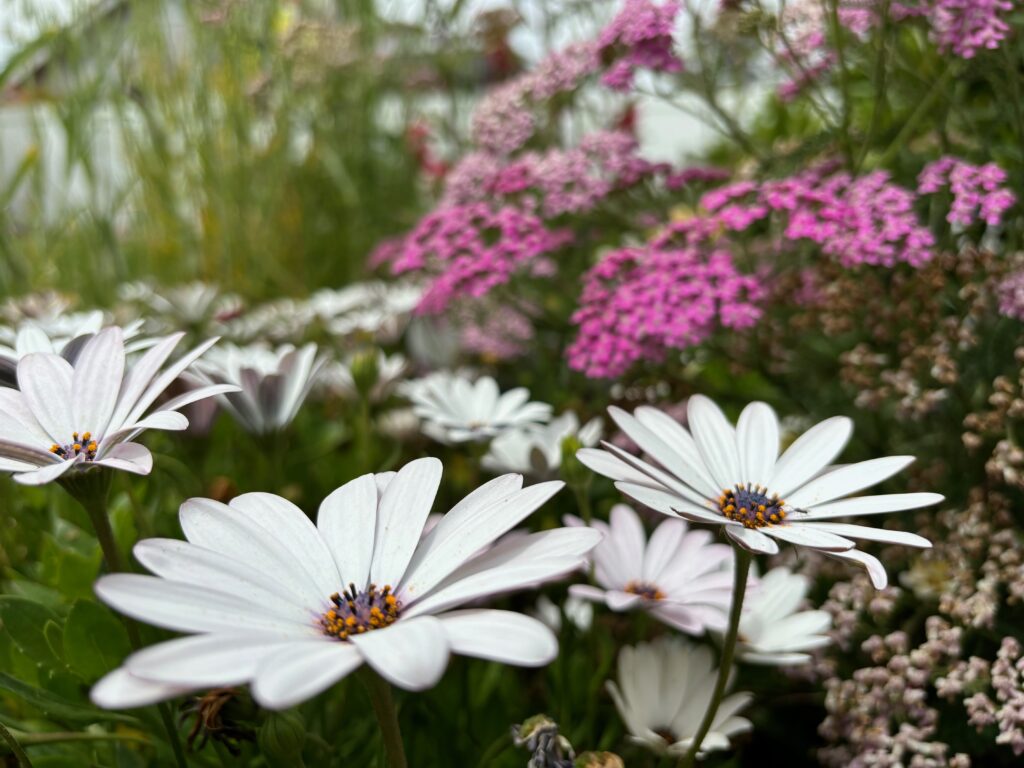


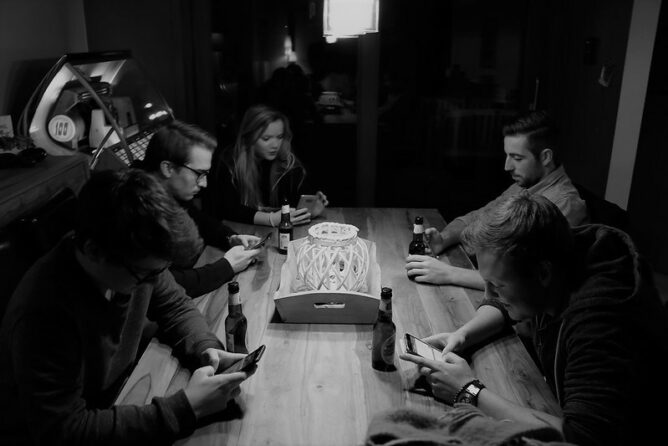
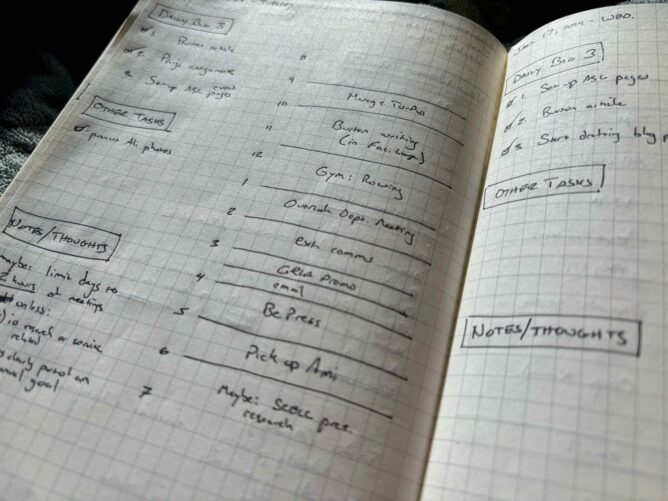
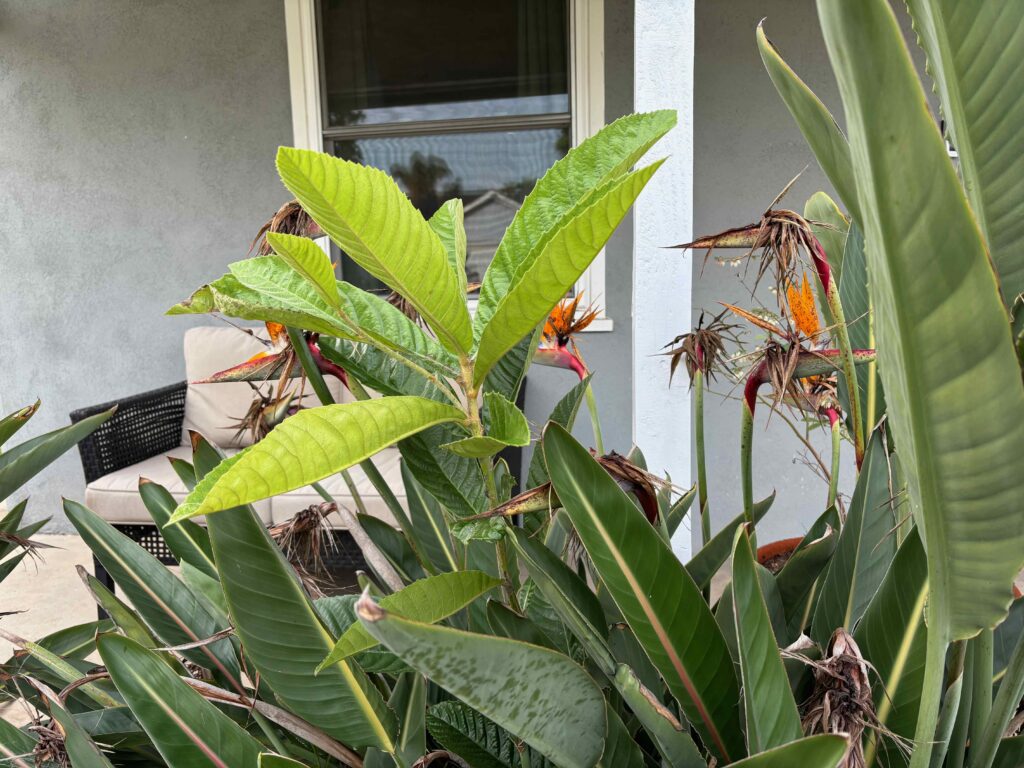
 Made brownies
Made brownies Read a poetry book
Read a poetry book Cleaned out a cabinet
Cleaned out a cabinet Fed all my fruit trees
Fed all my fruit trees Bought a new couch
Bought a new couch Watched John Wick 4
Watched John Wick 4 Read A Comedy of Errors
Read A Comedy of Errors
